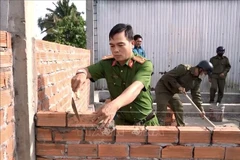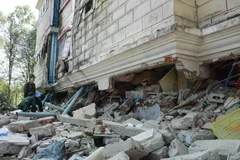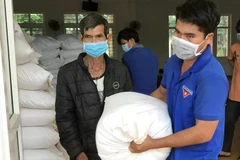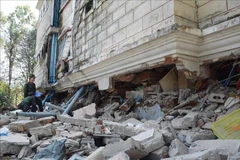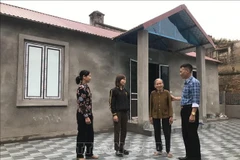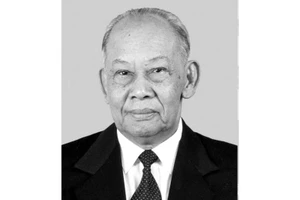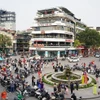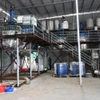These are the results of a survey on poor and nearly-poor householdsacross 63 provinces and cities in 2012 recently announced by theMinistry of Labour, War Invalids and Social Affairs (MOLISA).
The survey showed that the poverty rate in 2012 was reduced by 2.12percent, exceeding the target of 2 percent set by the National Assembly(NA). In particular, the rate sharply fell in poor districts with 7.02percent while the NA target was just 4 percent.
The northwesternmountainous region had the highest poverty rate in the country (28.55percent) and the east-southern region had the lowest poverty rate (1.27percent).
According to the MOLISA, these figures resultedfrom the synchronous and full implementation of policies for the poortogether with socio-economic development programmes, the nationalprogramme on sustainable poverty reduction and poverty reductionprojects by international organisations, which created favourableconditions for poor families to expand production and improve theirlives.
Poverty reduction and social welfare is a big andconsistent policy of the Party and State. Over the past years, povertyreduction and social welfare policy systems have been continuouslyupdated and made more efficient. The poor have found it easier to accessassistance policies of the State, while the rural infrastructure andtheir living conditions have been improved remarkably.
In 2013, the target for poverty reduction is still 2 percent for the whole country and 4 percent for poor districts.-VNA





